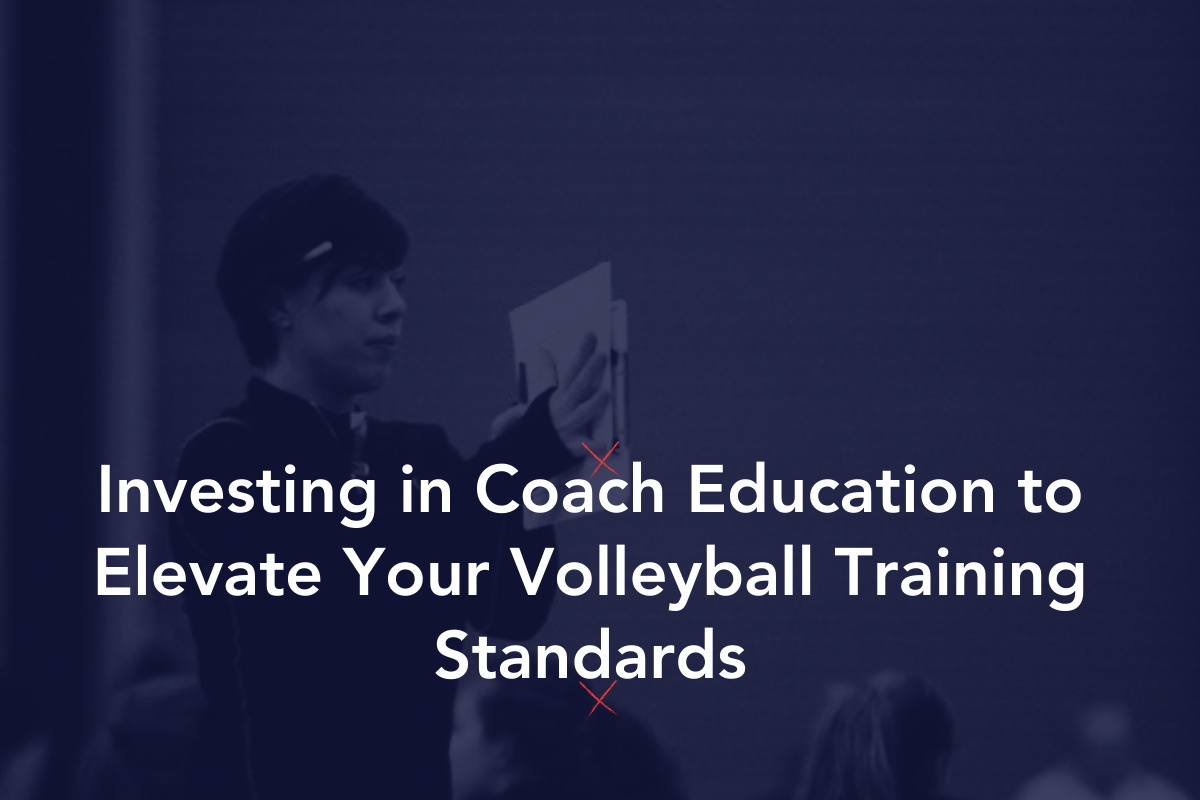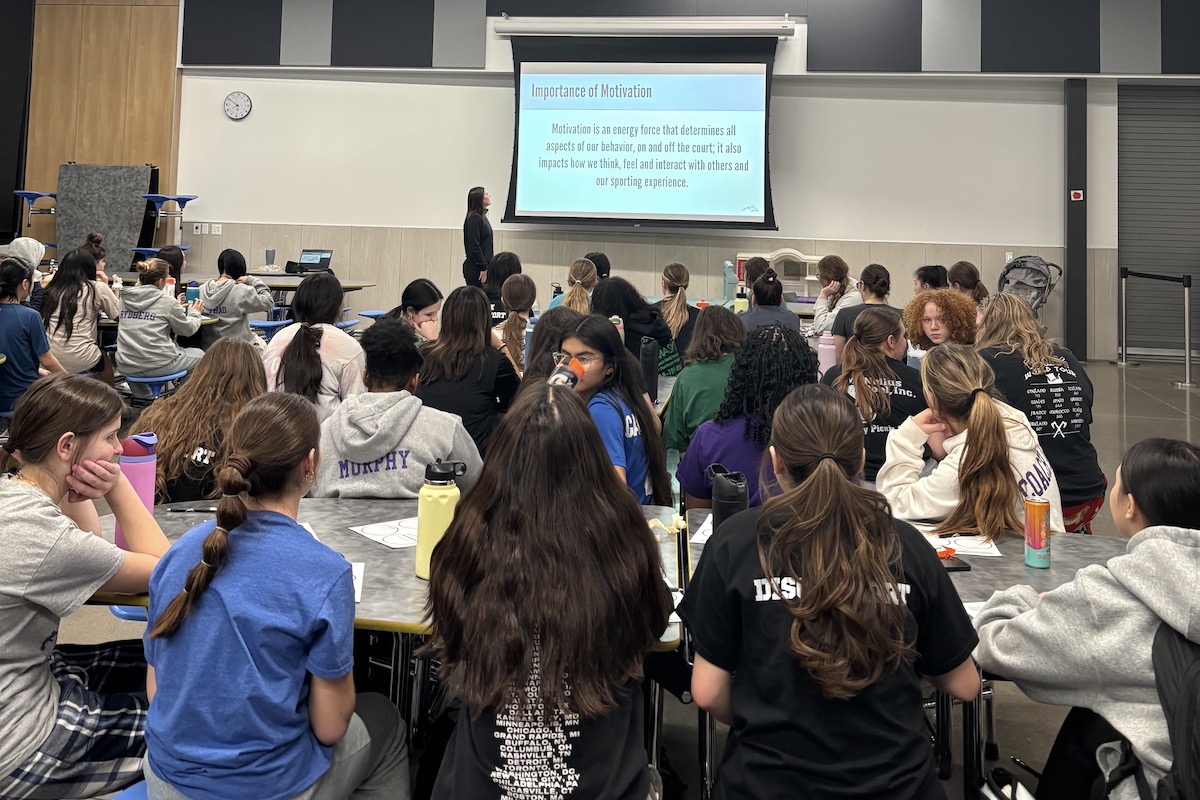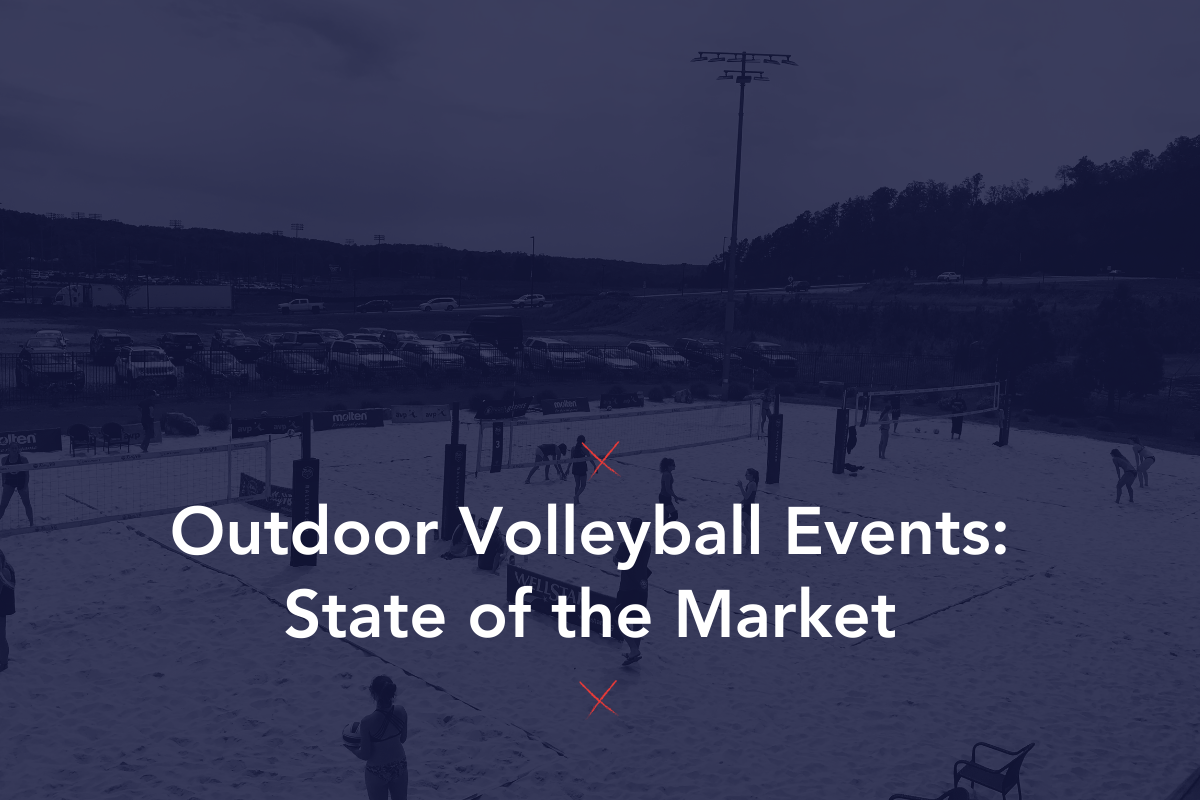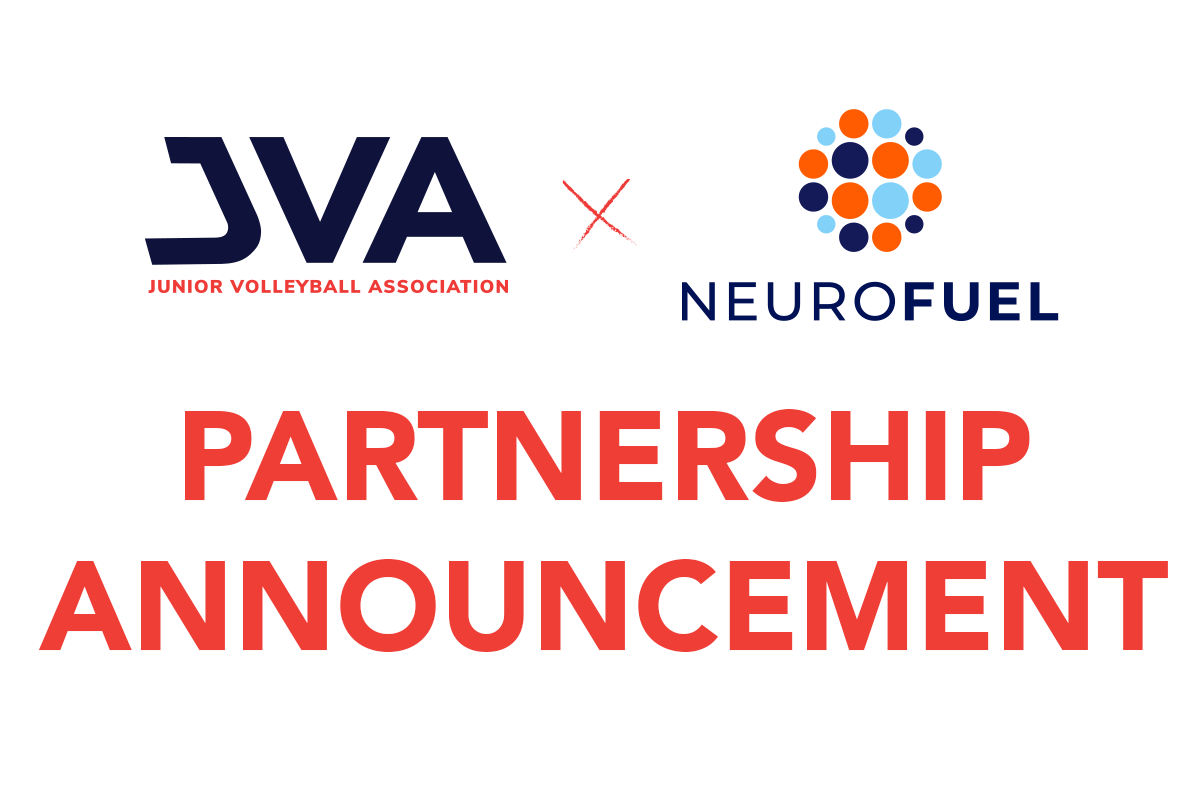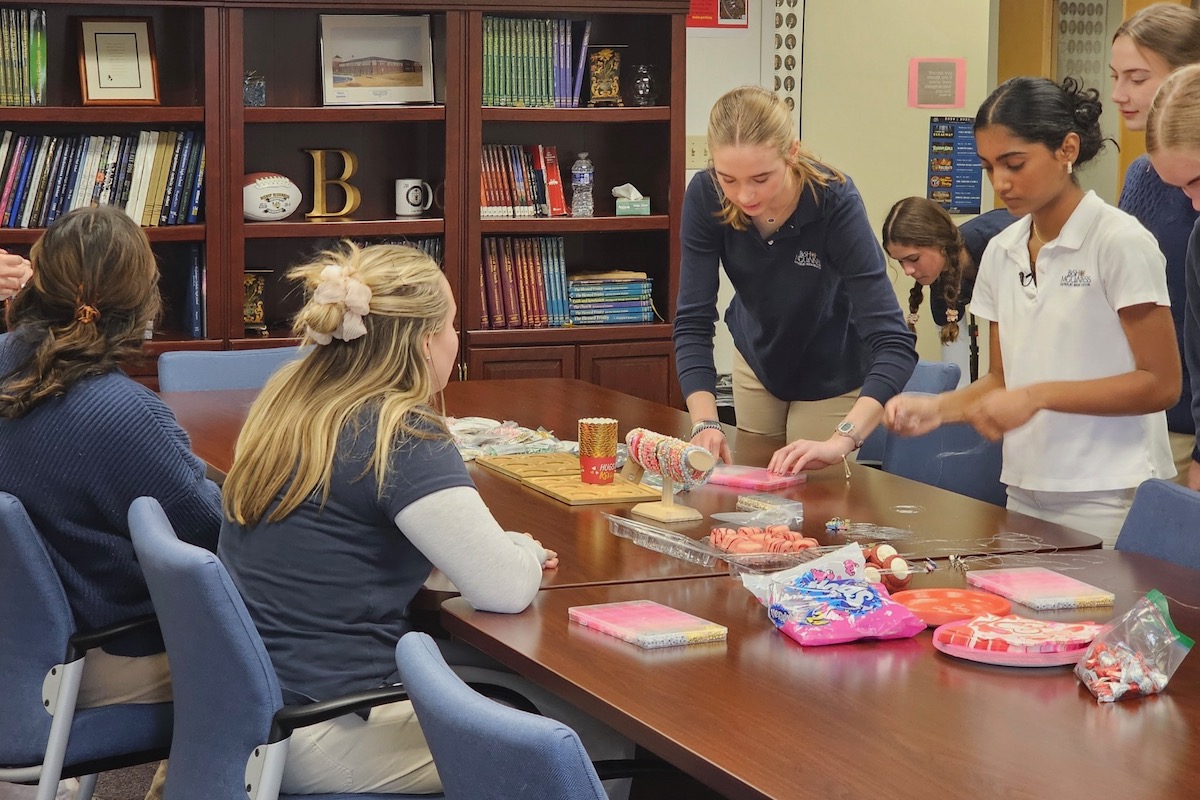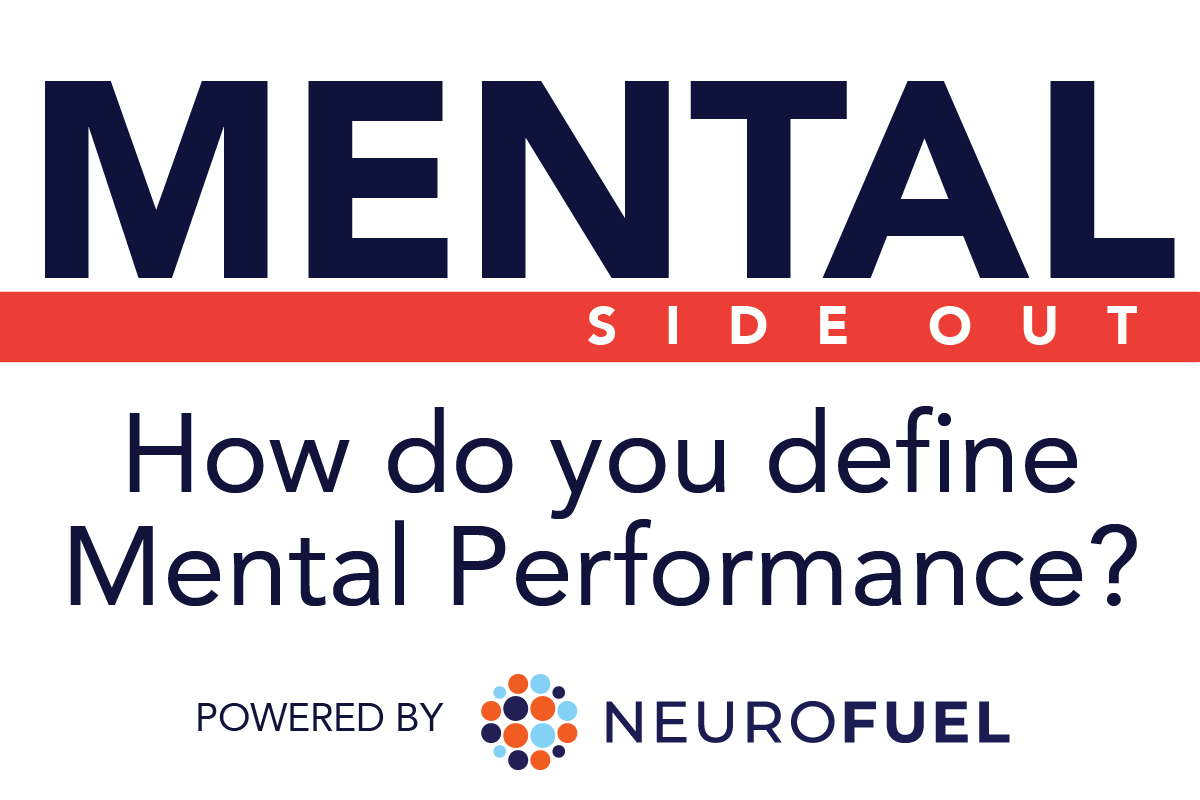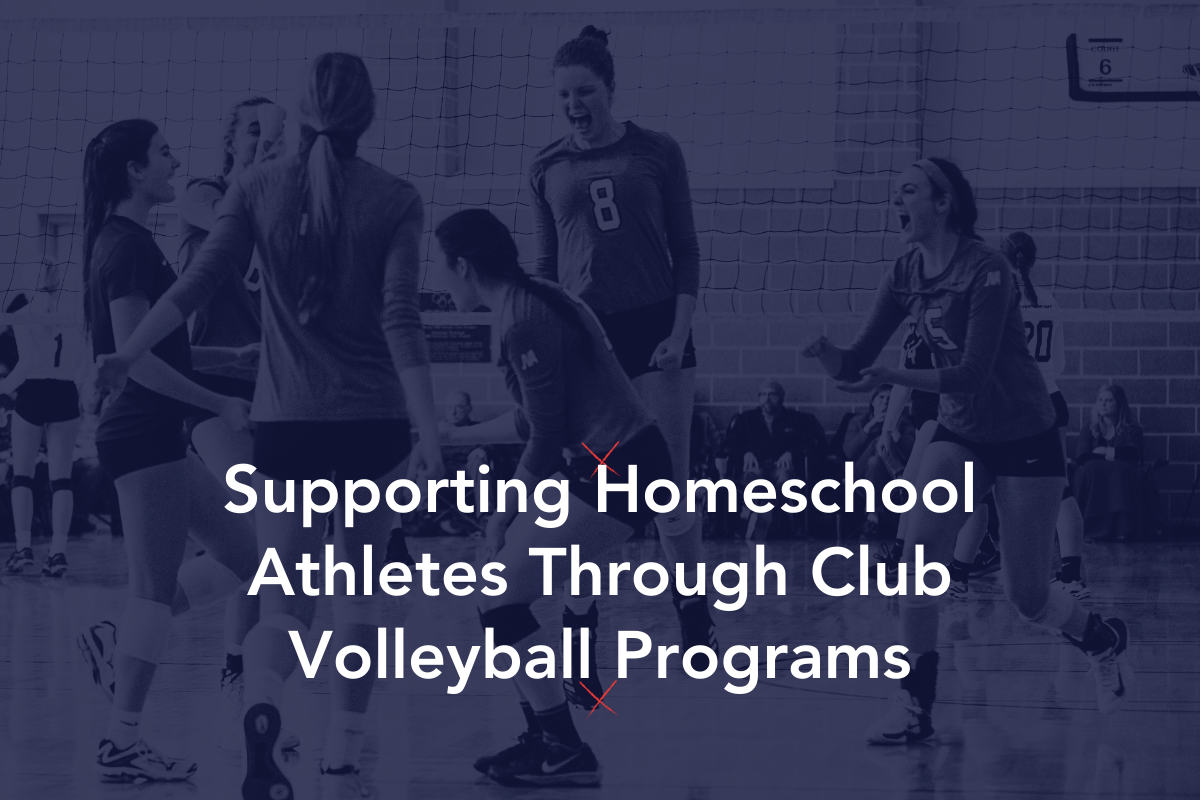There’s a lot of uncertainty in collegiate athletics right now. Things are changing rapidly and it makes it very difficult to truly understand what’s going on, especially for those on the club/youth side of volleyball. Below are tips for each recruiting class as we head into summer. There is a lot of misinformation going around, so I’m hopeful to be presenting accurate information, but recognize that I could also be subject to inaccuracies.
College Transfers
About 60% of D1 transfers who went into the portal last year ended up back on aid at a new institution. It’s important to understand that if you go into the portal you could end up without a home. Make sure you’re willing to take that risk before you make this decision. On the other hand, if you’re someone of high value to a new program, be prepared for NIL/Revenue Sharing discussions to be a large part of the process.
2026 Class
If you’re uncommitted in the 2026 class, stay patient, but also be open to different opportunities that may not be exactly what you think you’re looking for. There are some really awesome universities and programs out there. You might not know as much about them and that’s okay.
Here are a few factors that are changing the dynamics of the way the 2026 class is being recruiting and why it may be a slower process than usual.
- The emergence of the Transfer Portal – College Coaches are looking for the sure thing. They want someone who is proven so they will first turn to the transfer market to see what they can find.
- The top programs are now figuring out ways to ‘pay’ international players, which in turn is generating more interest from the top international players to come and play in the states. Unfortunately, this could create less opportunities at the top programs and potentially less overall opportunities for this class.
- The House vs the NCAA Settlement – It’s supposed to be finalized any day now. But there are coaches/programs who might have to wait to see what happens with the settlement before they move forward with additional offers in this class.
At 1st Alliance we had a few D1/D2 level athletes in the 2025 class who found there were more opportunities available their senior year than there was junior year. In my opinion, they were more proven as seniors than they were as juniors so there was less risk involved for coaches, and therefore they were more marketable. Lastly, if you aren’t receiving interest from the level of school you want to play at, don’t be afraid to attend a junior college or pursue another route where you can potentially gain the experience/accolades needed to play at the level you’re currently striving for.
2027 Class
June 15th is a big day for the 2027 class as to me it officially signifies totally open lines of communication with college coaches. It’s important to note that there are a lot of flaws in the current recruiting model. Schools can offer scholarships and additional funds at 12:01 am on June 15th without ever really getting to know someone. Additionally, prospects can’t even visit campus until August 1st, so it makes even less sense that they can be offered by a school without actually being able to visit. It’s also important to note that this year more than ever, we’re going to see a big difference in how the recruiting process works for the top athletes in the class versus how it will work for the majority of athletes.
Here are a few things we will likely see from top level programs:
- NIL and Revenue Sharing Conversations will be talked about on the first call. Once the House Settlement passes, the current NIL model is going to change. It’s roughly estimated that only about (30) D1 programs will participate in revenue sharing and will likely have more funding to pay players. Make sure to understand the difference between revenue sharing and the ‘New NIL’, and understand the true value of what you’re being offered.
- Less scholarship offers from the top programs. They will likely look in other directions (international athletes, future transfers) rather than move too far down their list of high school athletes.
- More aggressive recruiting tactics. Last year there were schools at the top who made players decide by the end of the phone call on June 15th, so we’ll see how much more aggressive they can get. However, with money conversations now being had, it’s going to be more challenging.
A few notes for the majority of athletes:
- With the move from 12 to 18 scholarship being possible for D1 programs, you will likely see more overall scholarships being offered in this class.
- June 15th is the initial date of contact. You may or may not hear from schools who have sent interest inquires to the club and have sent you camp info prior to June 15th. It’s important to understand that most schools will be calling more than one player at your position in the class. Make sure after the first phone call that you’re starting to understand what a school’s level of interest is and what their recruiting plan with you looks like. Don’t just let them disappear.
- If you don’t receive any calls or emails, it’s okay! Stay consistent with your outreach.
- Just as mentioned above for the 2026 class, with the emergence of the transfer portal, the level of volleyball overall at all levels is going to improve. Be proud that you are an athlete who can play volleyball in college regardless of level.
2028 Class
2028 is a long way away. At this point, I question if the NCAA will exist in 2028 and if it does exist, I question what will it look like. My advice to you is to get good grades, become the best volleyball player you can be (and enjoy it), and start to figure out what you want out of your college experience.
Some things you can do to help you learn what colleges are out there:
- Research all the types of schools that are out there online.
- Attend a summer camp
- Attend a fall collegiate volleyball match
- Take a visit and admissions tour.
At this point, you don’t need to be attending showcases or hiring people to help you with recruiting.
Good luck to everyone this summer! Keep working hard and stay positive. Good things will come for you in the future!
More recruiting resources are available here.
About the Author
Meghan Keck is the 18s Lead, Recruiting Director, and Setting Director at 1st Alliance Volleyball, a JVA member club in LaGrange, Illinois. She has 17 years of experience coaching at the Division I level with 12 NCAA Tournament appearances and six conference championships. She coached several NCAA Top 25 ranked teams. Meghan was a four year starting setter at Auburn University and UIC, where she holds the school record for hitting percentage in a match.



